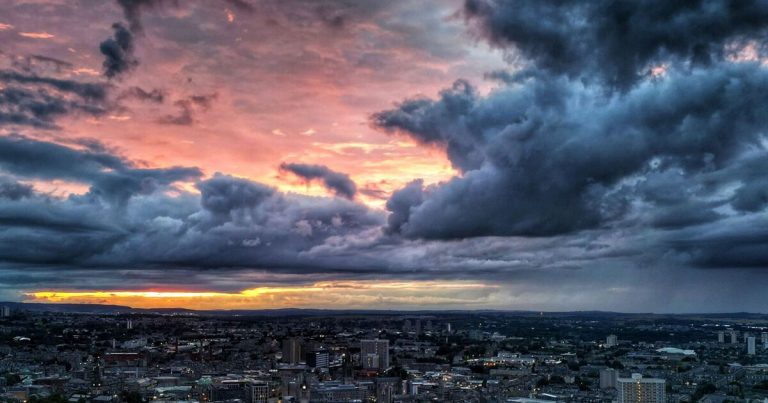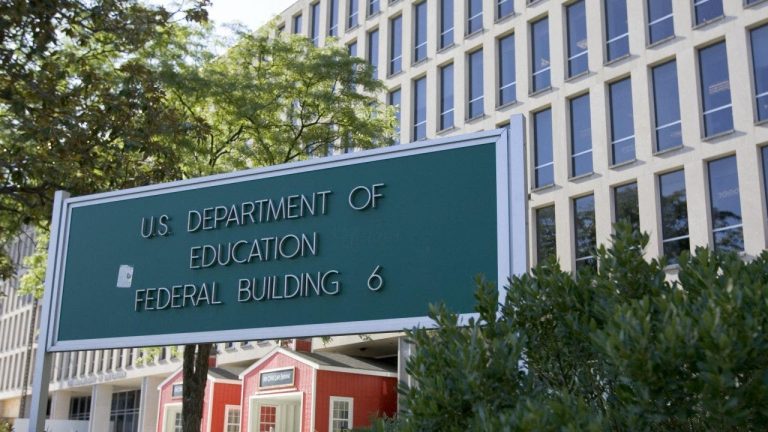

Climate-related disasters are making the cost of insuring a home unbearable for many Americans, a recent report said. (iStock)
Soaring home insurance costs could force Americans out of states with the highest price tags, according to a recent report.
Home insurance premiums for a $300,000 property in the U.S. increased 12% in 2023 to an average $1,770 per year, the Insurify report said. However, homes in areas at risk of more climate-related damages tend to pay higher premiums, while homes in less disaster-prone areas pay less.
For example, homeowners in Florida — a state battered by high-cost natural disasters — pay an annual average of $9,213. Americans living in Vermont, a “very low” or “relatively low” risk state in FEMA’s National Risk Index, pay an average rate of $914.
Moreover, homeowners in disaster-prone areas face the challenge of finding an insurer. The cost of climate-related catastrophes has pushed several major home insurers to stop renewing certain policies or leave states like Florida and California entirely.
“Nearly 75% of people who bought real estate in 2020 and 2021 have regrets about their purchases, with 30% saying they spent too much money, the 2022 American Home Buyer Survey by Anytime Estimate reveals,” the report said. “The rising cost of home insurance presents another obstacle, especially for homebuyers who pushed their budgets to the limit to secure a low mortgage rate.”
These are the ten states where least affordable states for insurance and how much homeowners paid on average in 2023:
- Florida, $9,213
- Oklahoma, $4,782
- Mississippi, $4,017
- Texas, $3,969
- Kansas, $3,245
- Georgia, $2,173
- Nebraska, $3,519
- Massachusetts, $1,649
- New York, $1,942
- Colorado, $3,308
If you have a mortgage, you’re typically required to carry homeowners insurance, but you don’t have to stick with any particular insurance company. Visit Credible to compare home insurance rates from top insurance carriers all in one place.
SOCIAL SECURITY: COLA INCREASING BUT MEDICARE COSTS RISING TOO IN 2024
Car insurance rates impacted by climate risk
The higher cost of covering climate-related damages has pushed several insurers to leave markets at higher risk of natural disasters, according to a second report by Insurify.
In the last few years, Allstate, American International Group, Inc. (AIG), Farmers, Nationwide, AAA Insurance and State Farm have either pulled or reduced coverage in California, Florida and Louisiana. In some cases, these companies chose to withdraw coverage completely, while in others, they avoided the state’s most at-risk properties.
It’s not only home insurance that is being impacted, according to Betsy Stella, Insurify vice president of carrier management and operations. Cars are increasingly being caught and destroyed in fires and floods, and severe cold snaps that bring ice increase the likelihood of collisions.
“This has led to auto insurers paying a higher number of — and a higher price for — customer claims,” Stella said in a statement. “As a result, customers are seeing higher premiums as insurers increase prices to cover these losses.”
If you want to save on your car insurance costs, consider changing your auto insurance provider for a lower monthly rate. Visit Credible to shop around and find your personalized premium without affecting your credit score.
AMERICANS LIVING PAYCHECK TO PAYCHECK OWN 60% OF CREDIT CARD DEBT: SURVEY
Disaster-proof your home to lower costs
Beyond moving to a low-risk state, homeowners can take these steps to disaster-proof their homes, lower insurance costs and protect their investments, according to Insurify.
Insurers recommend trimming trees and branches away from the house, inspecting a home’s roof to repair loose or damaged shingles, securing loose gutters and sealing gaps and cracks around windows and doors to prevent water intrusion. These are all low-cost ways to help reduce potential damage to homes. Upgrading a home to include a wind-rated garage door or hurricane shutters could also help reduce the impact of major hurricanes.
“Buying a home in an area with fewer severe weather risks could save homeowners from exorbitant climate-related rate hikes for now,” the report said. “But homeowners insurance prices in lower-risk states might not remain stable for an entire 30-year mortgage.
“As climate change progresses, home insurance rates will likely continue rising to make up for the risk, threatening the American dream of homeownership,” the report continued.
Whether your concern is hurricane damage, tornado damage, wind damage, flood damage, or beyond — it’s best to obtain multiple quotes from several insurance companies to compare prices and what is and isn’t covered. To help you find the best insurance rate for your situation, visit Credible to compare multiple providers and choose the right option.
SECURE 2.0: OPTIONAL PROVISIONS KICK IN TO HELP RETIREMENT SAVERS WITH EMERGENCIES AND STUDENT LOAN DEBT
Have a finance-related question, but don’t know who to ask? Email The Credible Money Expert at moneyexpert@credible.com and your question might be answered by Credible in our Money Expert column.







